Category: Printed Circuit Board
-

Tutorial – A Complete Design Walkthrough with Altium Designer
•
Introduction to Altium Designer and Design Walkthroughs Altium Designer is a powerful PCB Design software used by engineers to create sophisticated printed circuit boards. It offers an integrated environment for schematic capture, PCB layout, routing, simulation, and manufacturing output generation. In this tutorial, we will walk through the complete process…
-
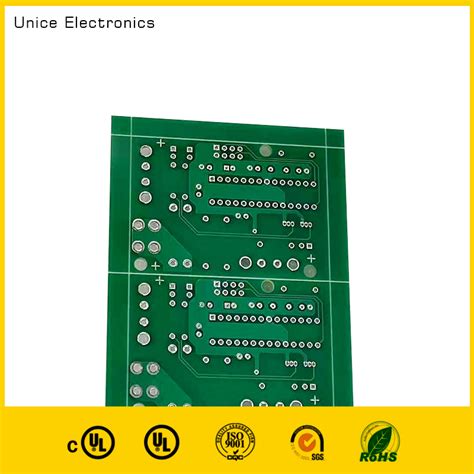
Mitigating Risk Factors for PCB Manufacturing Lead Times
•
Understanding PCB Lead Times and Risk Factors Printed circuit board (PCB) manufacturing is a complex process with many steps, from design and prototyping to fabrication, assembly, and testing. The total time it takes from ordering a PCB to receiving the finished product is known as the lead time. PCB lead…
-
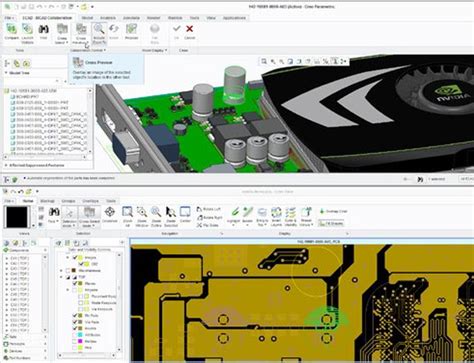
ECAD MCAD Capabilities For Today’s Most Demanding Designs
•
The Need for ECAD-MCAD Integration As products become more sophisticated, the need for seamless integration between electronic and mechanical design processes becomes increasingly critical. ECAD-MCAD integration allows engineers to: Reduce design errors and rework Improve product quality and reliability Accelerate time-to-market Enhance collaboration between electronic and mechanical teams Request PCB…
-
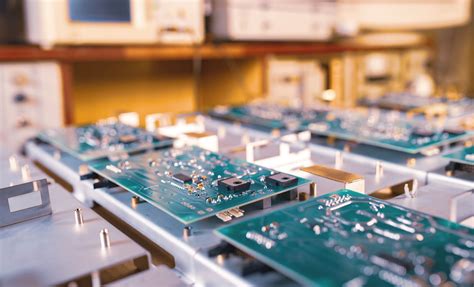
Getting PCB Assembly Variants Ready For Manufacturing
•
What are PCB Assembly Variants? PCB assembly variants refer to different versions of a printed circuit board (PCB) that share a common design but have slight variations in components, layout, or functionality. These variants are often created to cater to different market requirements, product features, or cost constraints. By utilizing…
-
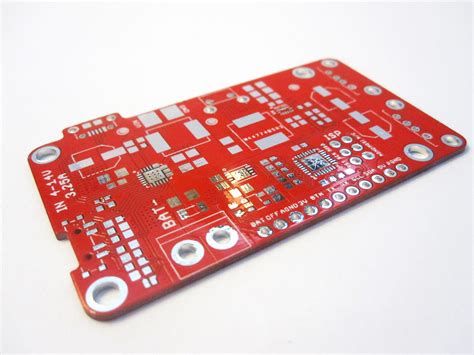
The Best Way to Review Your PCB Designs
•
Why PCB Design Reviews Are Essential PCB design reviews are crucial for several reasons: Identifying design issues early: By catching problems during the design phase, you can avoid costly manufacturing delays and redesigns later in the development cycle. Ensuring manufacturability: Design reviews help confirm that your PCB can be manufactured…
-
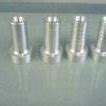
Designing with Assembly Variants
•
Introduction to Assembly Variants Assembly variants are a powerful feature in computer-aided design (CAD) software that allows designers and engineers to create multiple variations of an assembly within a single file. This enables efficient management of complex designs with multiple configurations, saving time and reducing errors compared to managing separate…
-
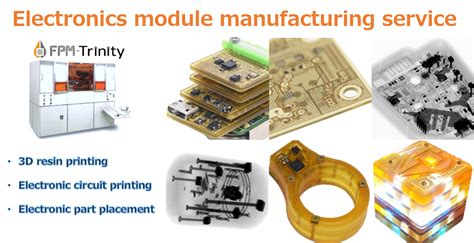
The Promising and Challenging Future of 3D Printed Electronics
•
Introduction to 3D-Printed Electronics 3D-printed electronics is an emerging field that combines additive manufacturing techniques with electronic components and conductive materials to create functional electronic devices and circuits. This technology has the potential to revolutionize the way we design, prototype, and manufacture electronics by enabling faster iteration, greater customization, and…
-
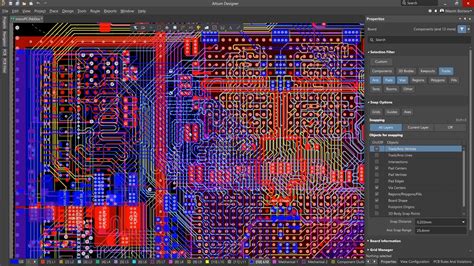
See What’s New in Altium Designer 24
•
Enhanced User Interface and Experience New Dark Theme Altium Designer 24 introduces a new dark theme that provides a modern and sleek look to the user interface. The dark theme is easy on the eyes, especially for users who spend long hours working on their designs. The dark theme also…
-
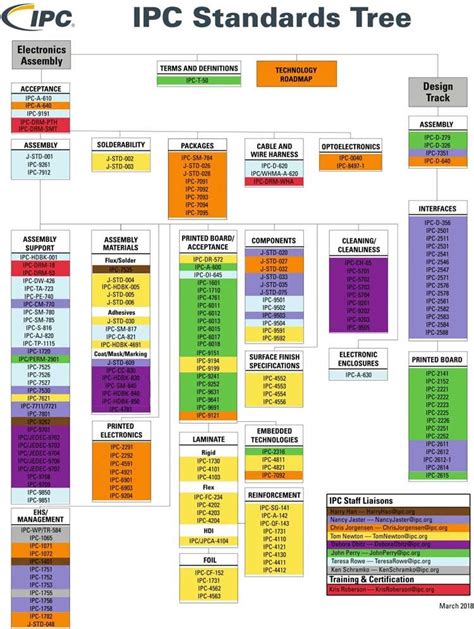
What is the purpose of a PCB?
•
Key Functions of a PCB PCBs serve several critical functions in electronic devices: Mechanical support for electronic components Electrical connections between components Insulation between electrical conductors Heat dissipation Providing a physical structure and format 1. Providing Mechanical Support One of the primary purposes of a PCB is to provide a…
-
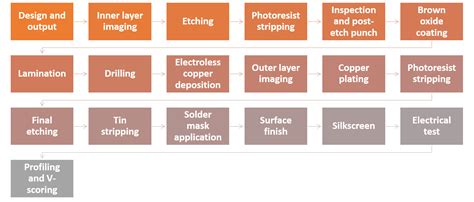
Which country is the largest manufacturer of PCB?
•
Introduction to PCB Manufacturing Printed Circuit Boards (PCBs) are the backbone of modern electronics. These thin, flat boards are used to mechanically support and electrically connect electronic components using conductive pathways, tracks, or signal traces etched from copper sheets laminated onto a non-conductive substrate. PCBs are found in virtually every…